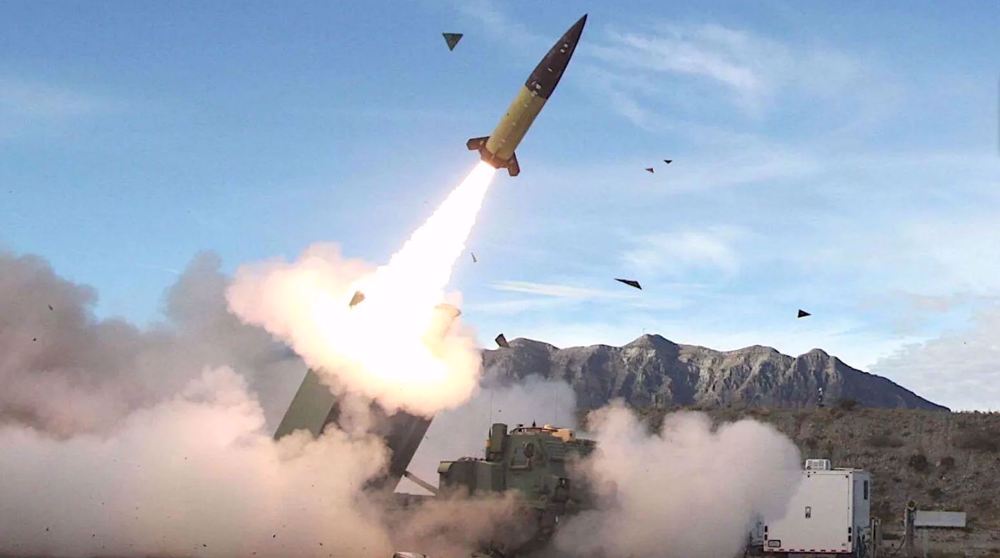Italy ramps up coronavirus restrictions in Florence
Italy ramped up coronavirus restrictions in Tuscany and four other regions from Wednesday to rein in the second wave of the pandemic.
Last week, the government imposed nationwide curbs including a nightly curfew, and divided the country into three zones based on the intensity of their COVID-19 outbreaks, calibrating additional limitations accordingly.
Tuscany, which includes the city of Florence; Liguria; Abruzzo; Umbria and the southern Basilicata region are designated as 'orange zones' where bars and restaurants are closed but shops remain open. People are free to move within their towns and cities but not leave them.
In Florence, restaurants stacked up their tables and chairs to shut down while bars instead offered takeaway croissants and coffee for breakfast.
The zoning depends on factors such as local infection rates and hospital occupancy. Turin, Milan and most of the industrial north are part of the 'red zone' under a partial lockdown.
Turin was near-empty last Friday when the tough restrictions came into force.
The southern regions of Puglia and Sicily were already part of the orange zone.
Italy, the first European country hard-hit by COVID-19, tamed its outbreak after a rigid lockdown in March and April, but has toughened up its curbs once again following a resurgence in infections and deaths.
On Tuesday, Italy registered 35,098 new coronavirus infections, steeply up from 25,271 the day before.
The health ministry also reported 580 COVID-related deaths on Tuesday -- the highest daily death toll since April 14. On that day, when the whole country was in lockdown during Italy's first wave of the epidemic, there were 602 fatalities.
(Source: Reuters)
Scores killed as US, Turkish proxies clash in northern Syria
At least 5 dead as wildfires devour districts across Los Angeles
VIDEO | Press TV's news headlines
Houthi: Israel incapable of downing Yemen’s hypersonic missiles
Inquiry: UK soldiers executed Afghan boys 'younger than 16'
Palestinian dies due to medical negligence he faced in Israeli prisons
IRGC forces launch final stage of major drill in western Iran
Joseph Aoun voted Lebanon’s president, ending 2-year deadlock









 This makes it easy to access the Press TV website
This makes it easy to access the Press TV website